
Written by digiDirect
Many professional photographers turn to full frame cameras for a variety of reasons, and it's easy to see why they're so popular. Offering high-performance levels, exceptional image quality, and excellent low-light performance, they're a dependable and reliable pick. However, finding the best one for your needs can requires that you do a bit of research. Join us at digiDirect as we go over a short but comprehensive breakdown of what makes these cameras unique and do a short review roundup of our favourite Full Frame cameras.
Defining a Full Frame Camera
A full frame camera is a camera where the sensor measures 36mm by 24mm. It is this specific sizing becuase this was the size of 35mm film in film cameras (for this reason you may sometimes hear full frame cameras referred to as a 35mm sensor or similar). These measurements make the full frame camera the largest consumer format you can purchase before you have to move up to the medium formats, which are a different realm. You'll typically find full frame sensors in mirrorless cameras and high-end DSLRs, and they're popular among professional photographers.
Full frame cameras almost always have interchangeable lenses, and models typically start in the $2,000 range and go up. You can find older models for less, but you should expect to pay more for this type of camera because of the larger sensor and enthusiast/pro features.
These types of cameras tend to be slightly bulkier and larger than the smaller Micro Four Thirds or APS-C cameras. This is because the sensor is physically larger, which necessitates a larger body and often larger sized lenses.
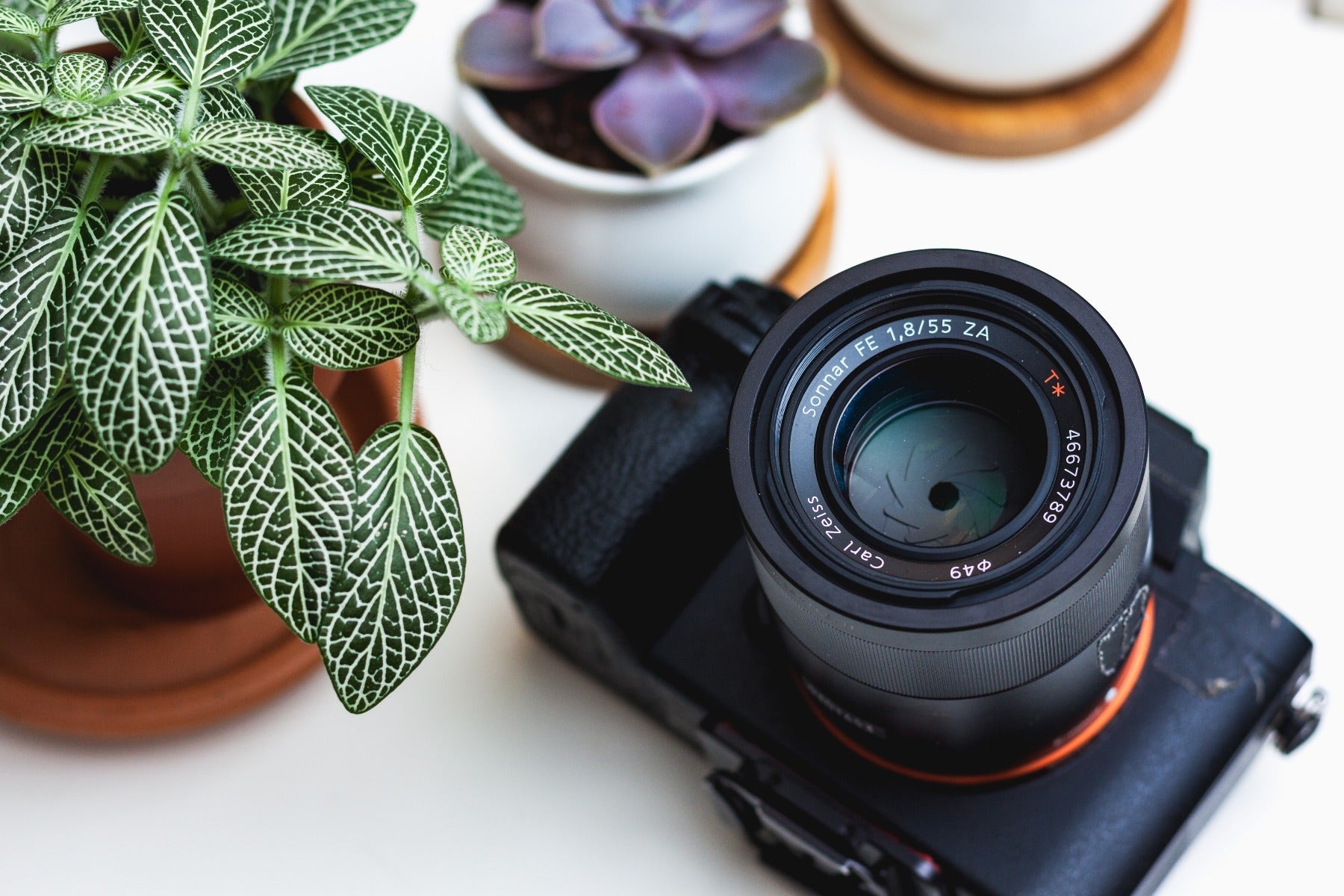
The Sony A7 lineup is a range of mirrorless full frame cameras. The advent of mirrorless full frame has allowed full frame cameras to decrease in size over the past few years.
One particular benefit of full frame cameras over smaller sensor cameras is overall image quality and low light performance. They can also give you much more shallow depth of field. For example, say you had two images shot side by side in identical conditions. One picture was shot using a full frame camera, and the second photograph was shot using a camera with a smaller Micro Four Thirds sensor. The Micro Four Thirds camera will have to be farther away from your subject or use a wider lens to capture the same field of view as the full frame camera. Since using a wider lens or being further from the subject increases your depth of field, this means that you can achieve shallower depth of field when you use a full frame camera.
In short, this means a full frame camera can give you a blurrier background, which is popular in portraits. It can also shoot higher quality photos in low light conditions than a smaller sensor camera.
Full Frame Camera Lenses
One important note about full frame cameras are the lenses. In particular, APS-C specific lenses don't work on full frame cameras. This is true even if the lenses have the same lens mount - for example, Canon EF and EF-S lenses both have the same mount, but the EF-S lenses (which are meant for APS-C cameras) won't work properly on a full frame camera. This means you'll have to be careful when considering a full frame camera to know which lenses work and which don't. And if you are upgrading from an APS-C camera from the same manufacturer you'll want to know which of your lenses you can carry over to use on the full frame camera, and which ones you can't.
This is another reason why this camera tends to be used primarily by enthusiasts and professionals, rather than beginners. Both full frame cameras and the lenses that suit them tend to be higher cost than their smaller sensor equivalents, so while they can provide arguably the highest quality, you have to make sure that it is within your budget.
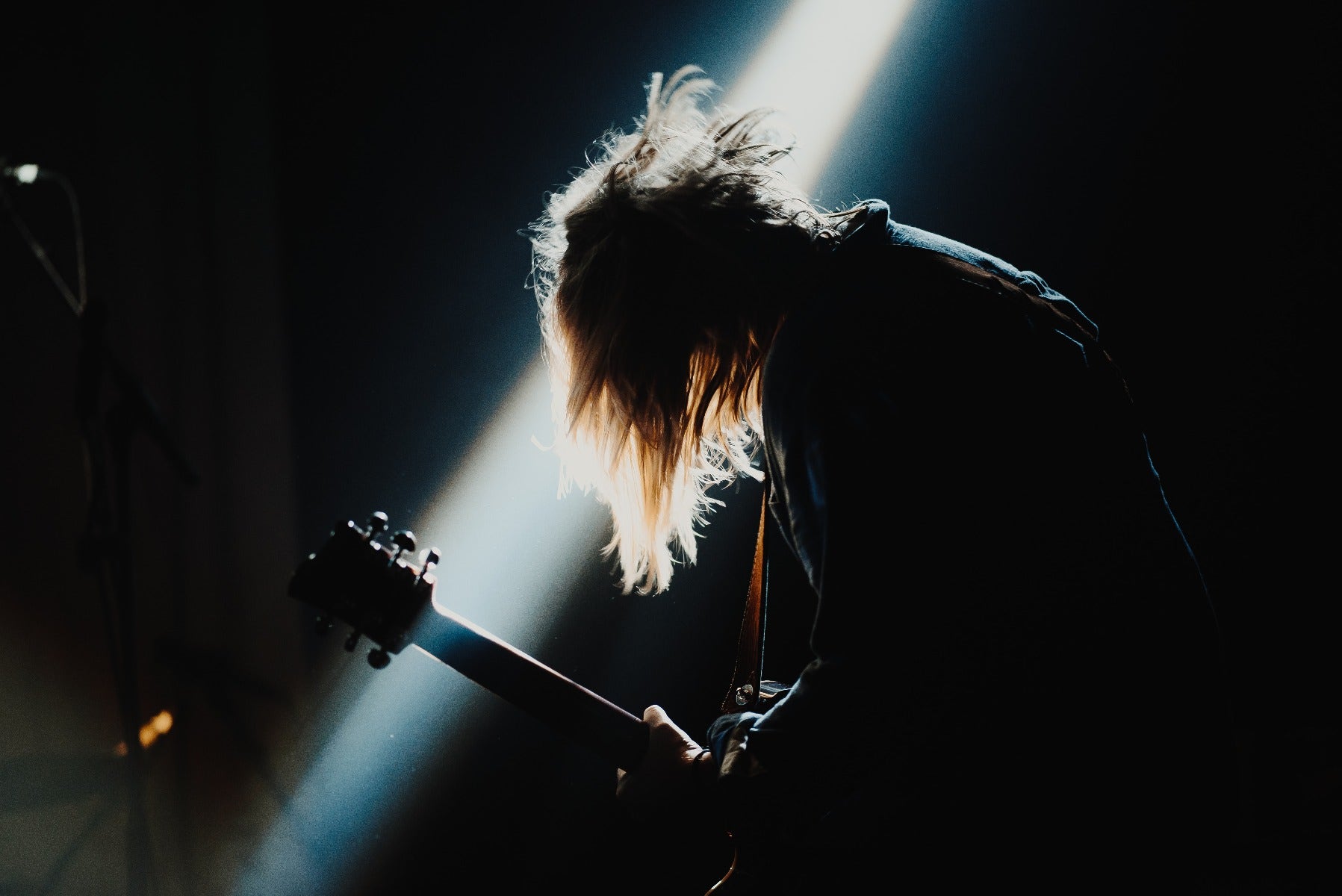
Full frame have very good low light performance. This is an asset for many styles of photography, such as concert photography
Advantages of Full Frame Cameras
As alluded to, full frame cameras come with many advantages attached to them. It's these advantages that prompt many semi-professional photographers to make the leap to full frame.
Broad Camera Selection ' Since full frame cameras are so popular throughout the photography world, there is a very broad range to pick between. Sony, Canon, Nikon, Panasonic, and Leica are five reputable manufacturers who excel at creating top-of-the-line full frame cameras.
Image Quality ' Full frame cameras offer unparalleled image quality. Since full frame cameras come with the large sensors, they generally have more pixels. The more pixels you have, the higher your image's resolution will be. You can get a megapixel range starting at 22MP on the low end and going up to 30MP and 60MP at the high end.
Low Light Performance ' Full frame cameras excel at low light shooting. Since their sensor is larger, generally this means that the pixels on this sensor can also be larger, and larger pixels capture more light. This means that the cameras can shoot at higher ISO settings while minimising noise.
Dynamic Range - The dynamic range is another factor that sets these cameras apart. Dynamic range is the difference between the darkest part of your photo and the brightest part. More dynamic range means you can capture a wider range of tones and exposures, something highly prized in many styles of photography. Higher-end full frame cameras have a broad dynamic range, and this enables them to capture the full brightness range of any scene they shoot.
Depth of Field ' We touched on the shallower depth of field earlier. The large sensor size of full frame cameras means that you can get more shallow depth of field. Using an f/1.8 lens on a full frame camera will give you more shallow depth of field than using the exact same lens on an APS-C camera. This means you can artfully blur the background more effectively to make your subject pop.
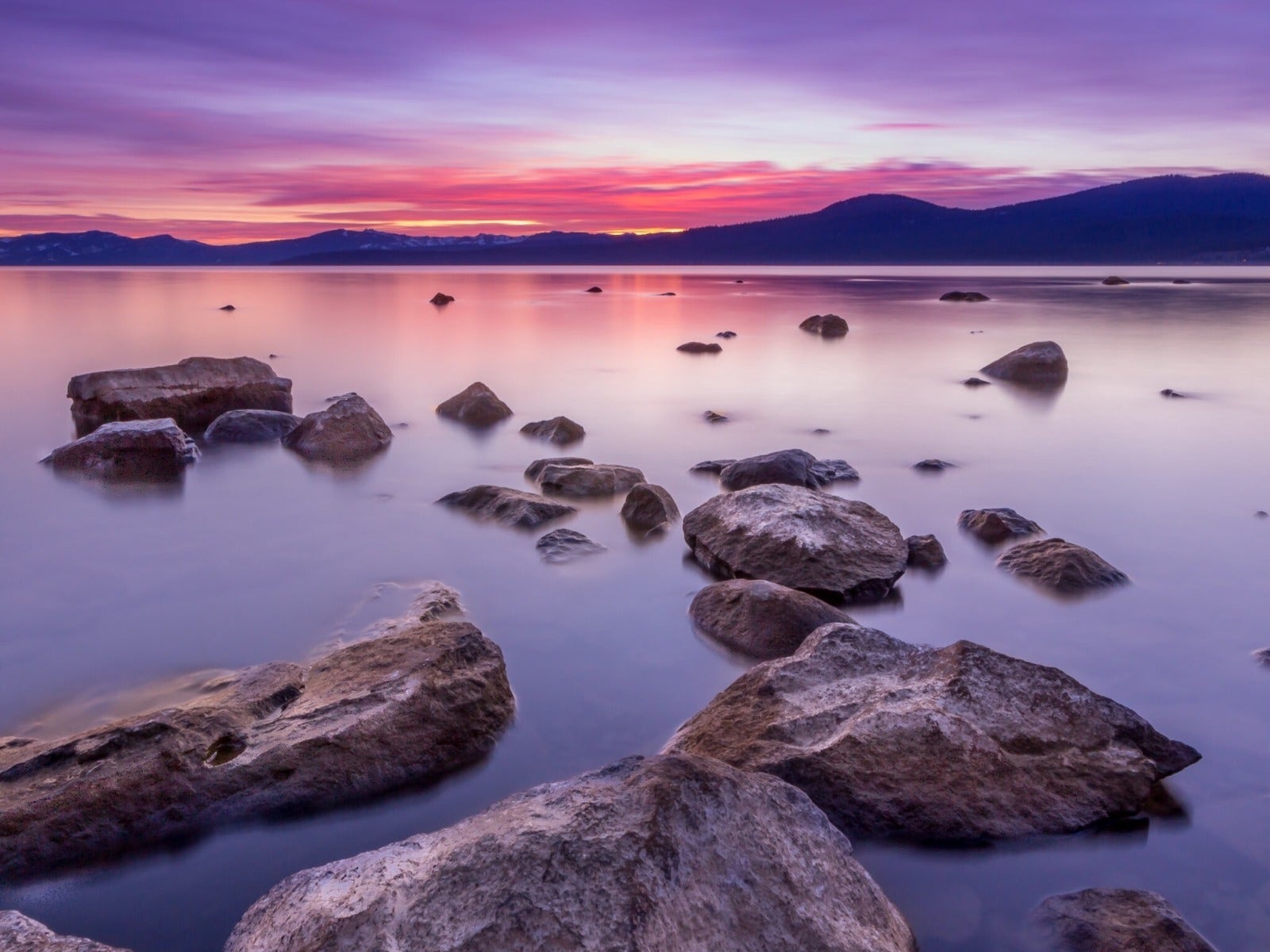
High dynamic range is a feature particularly desired by landscape photographers, who often want to showcase the full tonal range of their image
Reviewing Seven Full Frame Cameras
There are many full frame cameras available, and we wanted to pick out and review our favourites at digiDirect. These short reviews allow you to compare each camera side by side to see the benefits, and this should help you choose the camera that is best for your photography style.
For the past decade, there have been various versions of the Canon 5D released, and they have all been very popular with professional photographers. In fact, the 5D is the most popular line of full frame DSLRs ever made. The 5D IV specifically offers a large 30.4 Megapixel full-frame sensor that allows you to capture bright, crisp and clear images each time you use it. When you combine this with the 4K video resolution, you get a solid camera that is an industry standard. It also features a rugged build with an ergonomic design that makes it easy to use in a variety of environments.
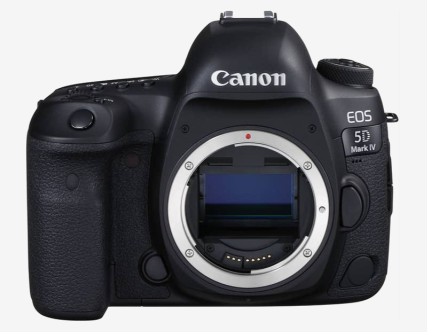
The Canon EOS RP is an excellent entry-level full frame camera option for the semi-professional photographer. This is Canon's smallest and one of the most cost-effective full frame cameras available, and this makes it appealing for people just starting to get into the full frame camera world. Debuting in September of 2018, it is part of Canon's newer mirrorless full frame lineup. This means it uses Canon's RF lenses, not EF lenses - although you can use an adapter to use EF lenses with this camera, which may decrease your costs.
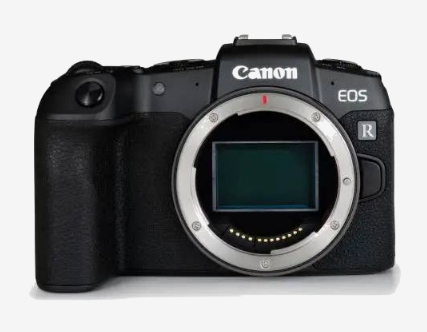
The Sony A7 III is a very hot commodity in the photography world, and it actually sold out for almost year straight after the initial release. To this day it is one of the most popular cameras on the market. The reason for this is that it is a very high performing camera at a good price point, and this makes it an excellent choice for travellers or wildlife photographers. You'll get a great autofocus system coupled with in-body image stabilisation that ensures you get clear images, no matter what your subject may be. It's good for capturing subjects in movement, and since it's mirrorless it is quite compact.
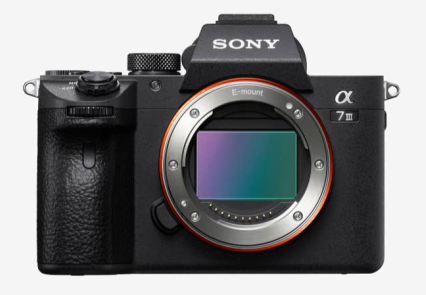
Landscape photographers love the Sony A7R IV for it's super-high resolution capabilities. This camera packs a 61-megapixel sensor that gives you extremely high resolution on all of your shots. It also features many of the strengths of the Sony A7 III, but it's capable of giving the exceptionally high photo quality that landscape photographers need to bring their images to life. You'll get a sleek and compact body that is rugged enough to withstand different environments, and it also has excellent low-light shooting capabilities.
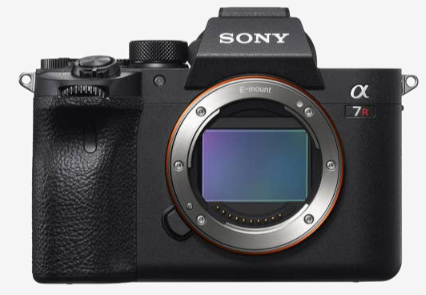
This DSLR offers exceptional autofocus capabilities that are essential for photographers who routinely capture sports or high-demand shots at fast-paced events. It allows you to lock onto and track your subject to get clear and crisp shots that showcase the action and excitement of the event. You also get good video shooting capabilities, and this is important at events where both photo and video can help you capture the excitement like soccer or racing. The LCD monitor also gives you a fast and easy way to keep a close eye on all of the action when you use this camera.
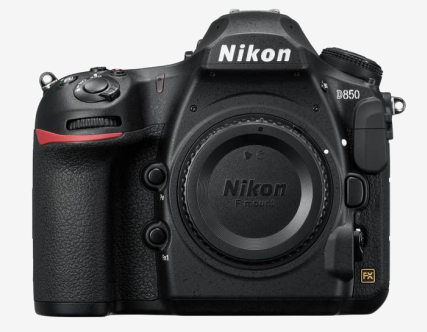
This camera is Panasonic's entry into the full frame market, and it's designed to make a big impact. You get exceptional build quality that allows you to bring this camera anywhere without an issue, and it particularly excels at video. The built-in sensor shift image stabilisation helps to ensure that you have minimal shaking or blurriness when you shoot, and it's great for wildlife photographers. You'll get a host of advanced video features that you won't find in most competitors like 4K 60p and 10-bit 4:2:2 internal recording. This results in bold, brilliant and clear videos.
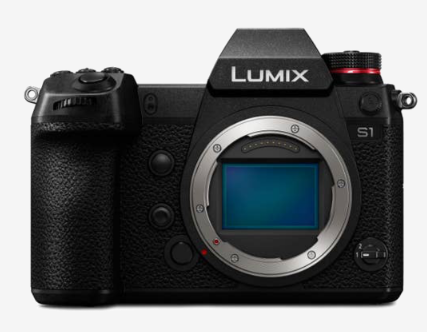
Professional photographers who are after a retro look with exceptional quality should look no further than Leica's M10. This is a rangefinder camera with a vintage flair that comes with Lecia's exacting quality. You will pay more for this camera, but you'll get a premium full frame camera for the price. It has a slimmer body profile that gives it an ergonomic grip, and you get the powerful and fast Leica Maestro II image processes that gives you fast and clean images and video.
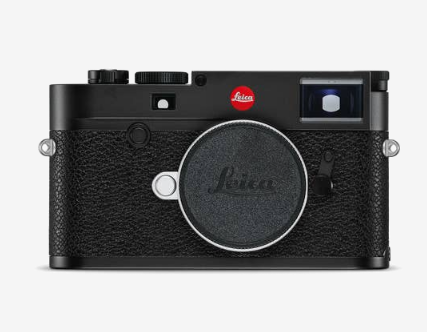
Contact digiDirect Today!
Are you in the market for a full frame camera and you're not sure where to start? Perhaps you have questions or concerns. Either way, we're here to help. You can contact our staff at digiDirect today, and we're happy to help you in any way we can! We'll help you find the best Full Frame camera to suit your budget and photography styles today!
























































































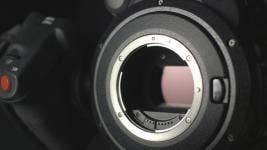

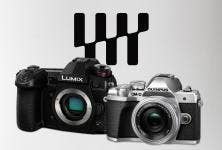
Comments
No Comments yet. Be the first to comment.